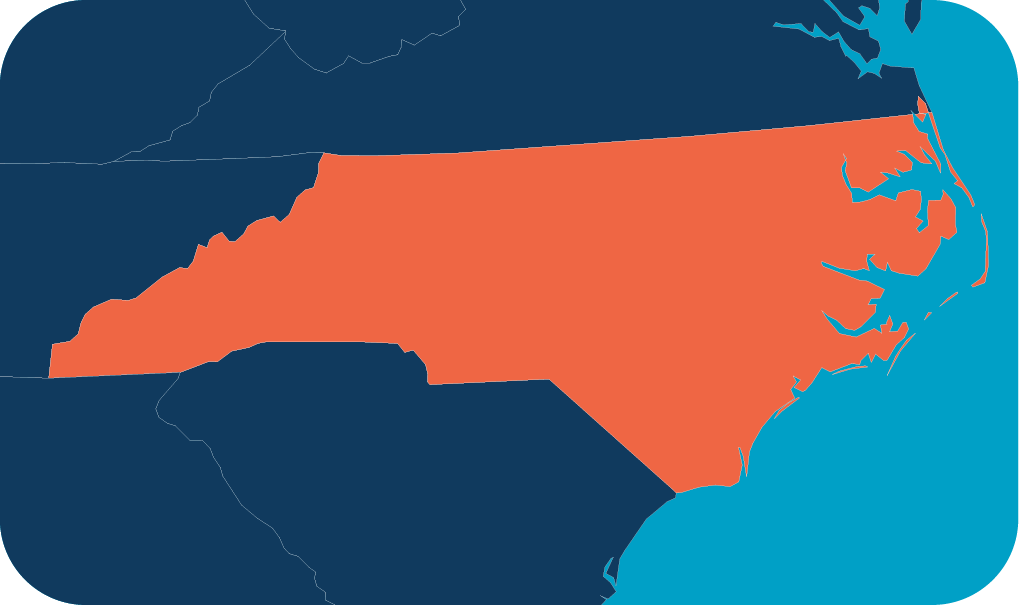
Energy democracy is about giving communities more control over how and where power is produced.
For nearly all of the residents and businesses in the three-state region of North Carolina, Tennessee and Virginia, where you live determines who your electricity provider is. You have no choice over where to purchase your power from — or have a say in how your utility produces that power.
This is called monopoly utility control, and it’s not a game.
For too long, corporate utilities like Duke Energy in North Carolina and Dominion Energy in Virginia have had a monopoly on electricity in their service areas. No other company is allowed to sell electricity to those consumers.
To make matters worse, even though Duke and Dominion are privately-owned, state laws guarantee that these companies will make a profit. These profits are paid for by increasingly higher rates on our energy bills. And it’s no coincidence that both companies make hefty contributions to elected officials every year in order to influence policies in their favor.
In Tennessee, while the Tennessee Valley Authority is technically owned by the government, it also is allowed to operate as a monopoly, preventing competition from any other would-be provider of electricity in its territory.
Even in rural areas served by electric cooperatives, or cities that own their power company (known as municipal utilities), consumers typically don’t get to choose who their provider is, and these local utilities are often influenced by the corporate utilities — like Duke and Dominion — that actually produce the electricity they sell. And co-ops, although technically owned by the people who pay to use the electricity, often block member-owners from participating in decision-making in very undemocratic ways.
Across the board, the result of this monopoly control can be seen in the widespread destruction of Appalachian mountains from coal mining, the threat of massive, unneeded fracked-gas pipelines throughout the region, drinking water sources poisoned from huge toxic coal ash dumps, rising asthma rates and other ailments from power plant pollution, and a disproportionate burden of energy bills on lower-income families and small businesses.

 North Carolina
North Carolina Virginia
Virginia Tennessee Valley
Tennessee Valley